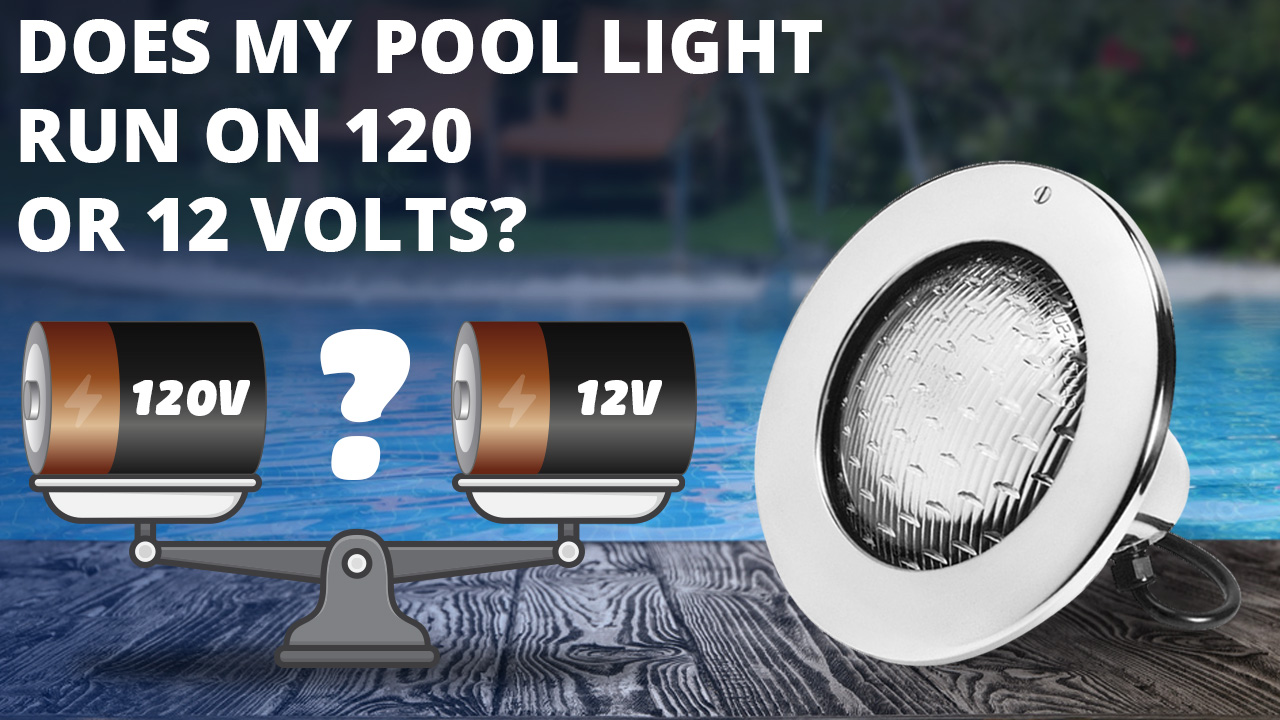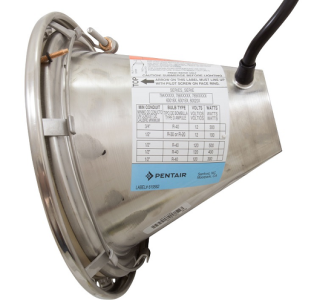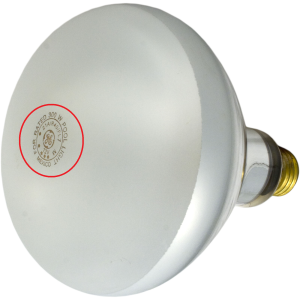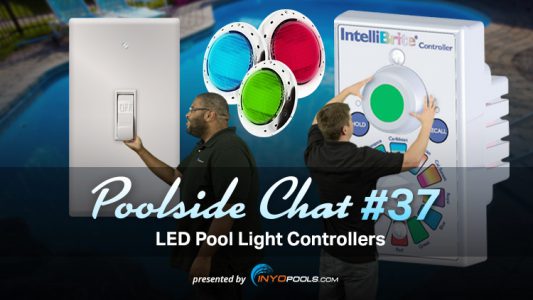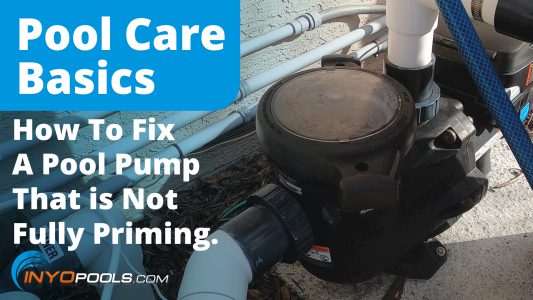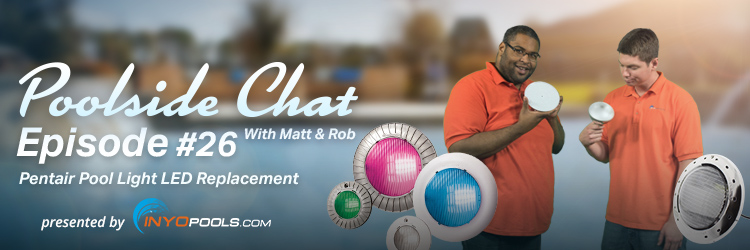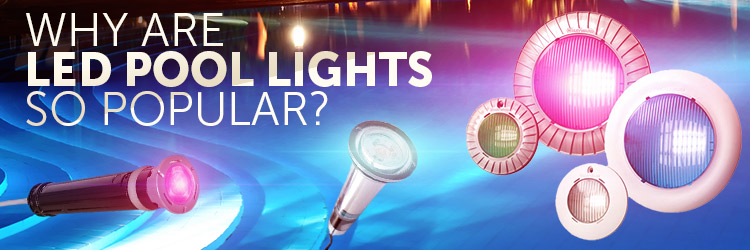Knowing if your system is set for 120 or 12 volts is vital if you need a replacement bulb or are replacing the whole light. This guide explains a few simple ways to determine if your pool light uses 120 or 12 volts.
Check for a 12-Volt Transformer
In the US, we use 120-volt as our standard electricity supply. To accommodate a 12-volt bulb and fixture, a 12-V transformer must be installed between the power source and the pool light. If you installed a 12-volt bulb on a 120-volt circuit, it’d likely fry/short the bulb.
Follow the cable
Starting at your pool light, walk the most likely path) the light cable would travel to its power source, the most likely path meaning the shortest travel with the least number of turns.
Check the Pool Light’s Information Tag
Pool and spa lights have a model information tag stamped on the back of the fixture. The model info tag should list the manufacturer, Model name, Model Number, specs, wattage, and voltage for the fixture’s original bulb.
How to find the Light information Sticker
- Shut off the light’s power source at the breaker
- Remove the fixture from its niche
- Turn the light to view the model information sticker. The sticker should resemble the one pictured in this section.
Check Light Bulb for Specs
We’ll need to open the light fixture if you cannot find usable information from the above steps.
Most bulbs have a voltage rating stamped on the front and center of the bulb face. We have a few guides showing you how to remove your light from the niche and disassemble the fixture: How to Replace a Pool Light Bulb.
Tip: if the bulb lists a wattage of 500W but no voltage, the light is primarily a 120-volt supply. Pool light manufacturers only offer 12-volt fixtures with a maximum of 300 watts.
Use Multimeter to test Socket Voltage
If all of the previous methods fail, the next (and last) best bet is to check the light fixture’s socket voltage using a voltmeter. In the following steps, we’re presuming you’ve gone through the above methods, so your pool light should be on your pool deck, with its power source shut off at the breaker.
How to Test Socket Voltage
- Set your multimeter to test for voltage; Look for the V on the dial; then set the voltage to 200
- Remove the bulb from the light socket.
- Have a helper flip the breaker to restore power to the light
- Touch the probe leads to the socket, then note reading. A 12 volt power supply may have a reading anywhere from 11 – 14 volts; a 120V circuit may anywhere from 110 to 130 volts.
